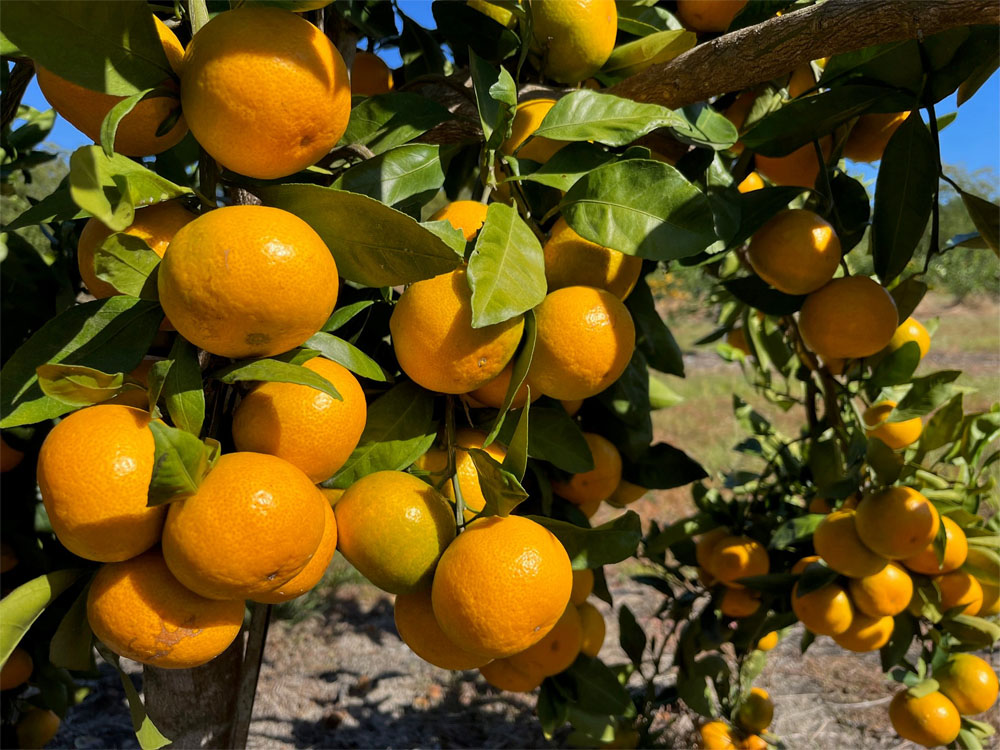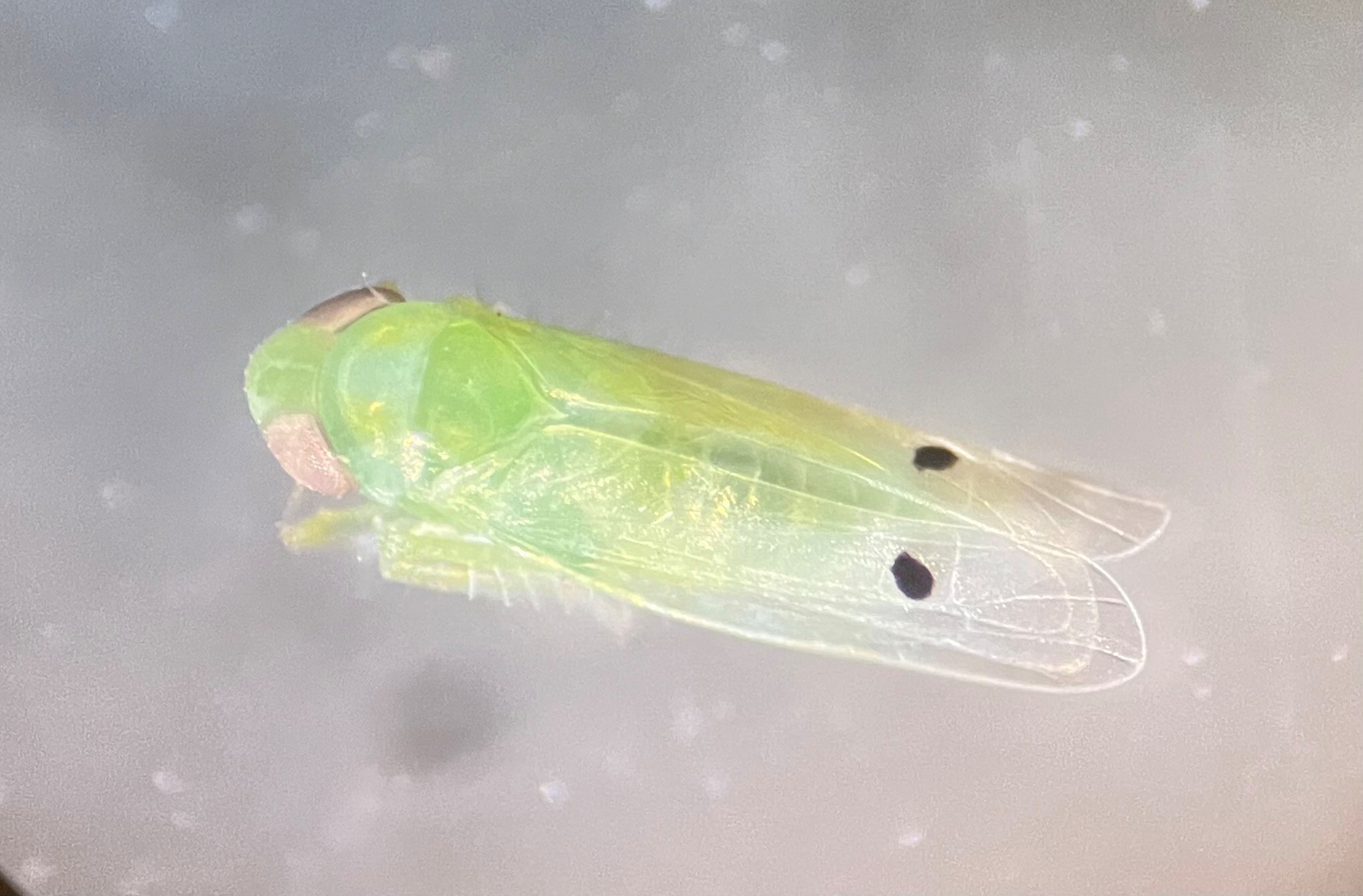When Tropical Storm Josephine swept across Georgia, she blew
some cotton right off the
stalk. That’s damage easily seen. But she also hurt the second
cotton crop.
“We won’t know exactly how much damage the rains from Josephine
and the week before hurt
our cotton until after it’s ginned and graded,” said Steve M.
Brown, an agronomist with the
University of Georgia Extension Service.
“There was some damage to the seeds, too, that we’re waiting to
see about,” he said.
The seeds? Who cares about the seeds?
Buried inside the fluff people picture when they think of
cotton, the fuzzy little seeds are a
hidden $52 million crop in Georgia.
Cottonseed value adds 7.5 percent to the total income from
Georgia cotton. Together, the fiber
and seed added $743 million to the state’s economy in 1995. This
year, with a record crop of
2 million bales expected, the figures could be higher.
Brown said the losses from seed damage could be more than those
from fiber damage. Early in
the harvest, many farmers harvested more cotton per acre than
they expected. And plenty of
sun after the storm moved through helps bleach the cotton
naturally.
Rain before and from the tropical storm soaked cotton plants.
About 90 percent of Georgia
bolls were open when the rains began falling in late September.
Rain pulls cotton off the boll, making it harder to harvest
completely. And when the boll is
soaked and stays wet for longer than three days, the seeds in
the cotton may germinate and
start to grow.
That does double damage. The sprouting seeds can stain the fiber
and drop its value while
changing how the seed can be used.
Extension engineer Mike Bader said it’s hard to figure a dollar
loss due to seed sprouting.
“When seeds sprout, they can’t be crushed for oil, but there are
other uses,” he said.
That’s good news for cattle farmers.
“For beef animals, sprouted seed has very nearly the same
nutrition as first-quality
cottonseed,” said extension animal scientist Robert Stewart.
Stewart said farmers may find the sprouted seed at lower prices
than first-quality seed. “With
feed costs as high as they are now and cattle prices as low as
they are, this is a welcome break
for Georgia cattle farmers.”
Whole cottonseed and the meal that remains after crushing the
seeds provides high-quality
protein and energy for hungry cattle.
Cottonseed has many everyday uses, too. It provides oil for
cooking, both commercially and in
the home. Papermakers use the fiber left on the hull to make
currency and high-quality
stationery.
Ginners sell the seed to crush mills or seed marketers. They, in
turn, sell the oil, meal or
whole seed to their distributors or retailers. When ginners must
sell lower-value seed products,
they can’t pay cotton farmers as much for the seed.
Farmers sell ginners their cotton, with the seed, for a set
price. After ginning, the gin operator
credits the seed value against the cost to gin the cotton. So
when cottonseed value goes down,
the farmer feels it, too.
“There’s not much of a cotton plant that isn’t used after
harvest,” Brown said. “It all has
different dollar values based on its usefulness and quality.
Total dollar loss from any weather
damage varies with the amount of damage and to what part of the
plant.”




